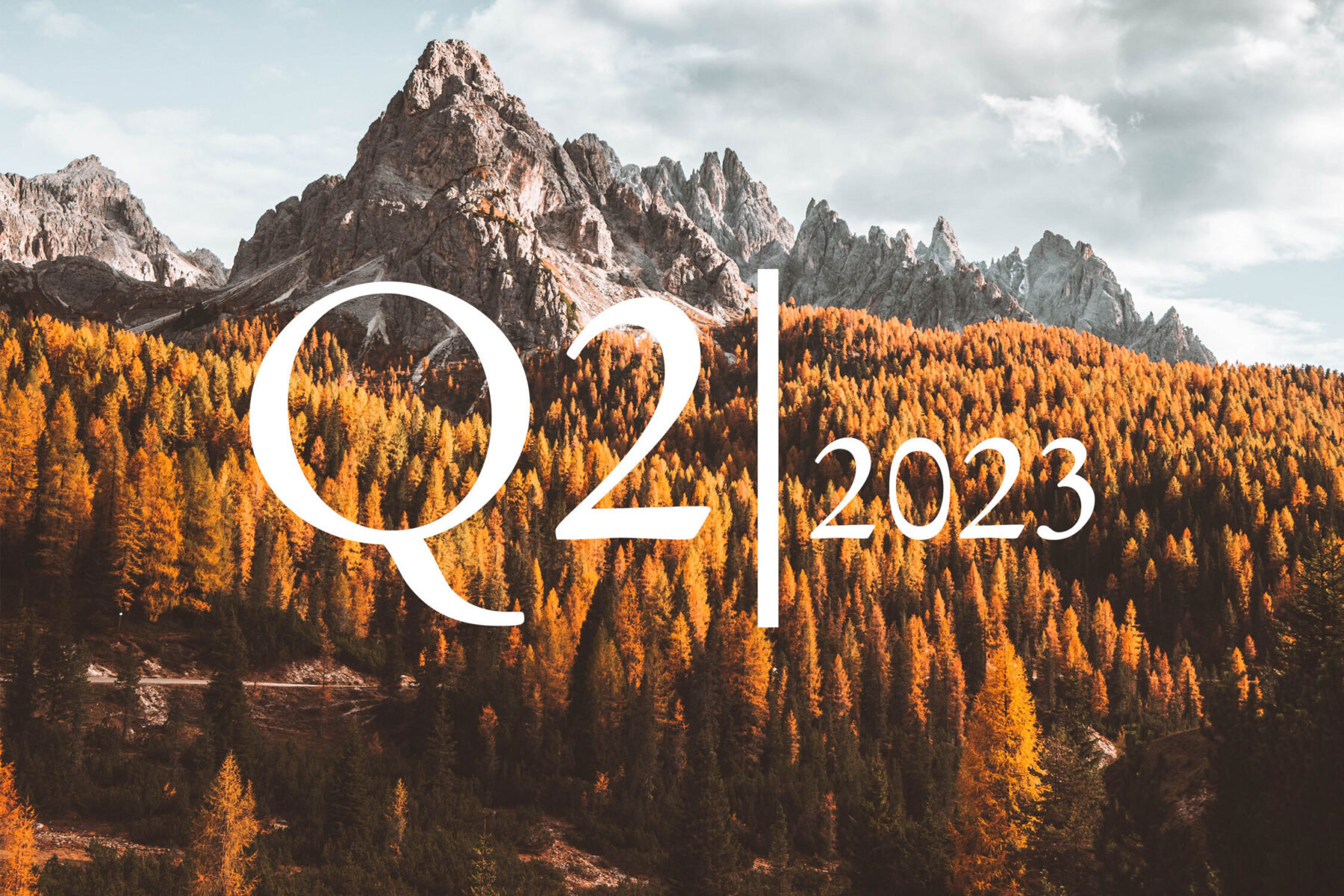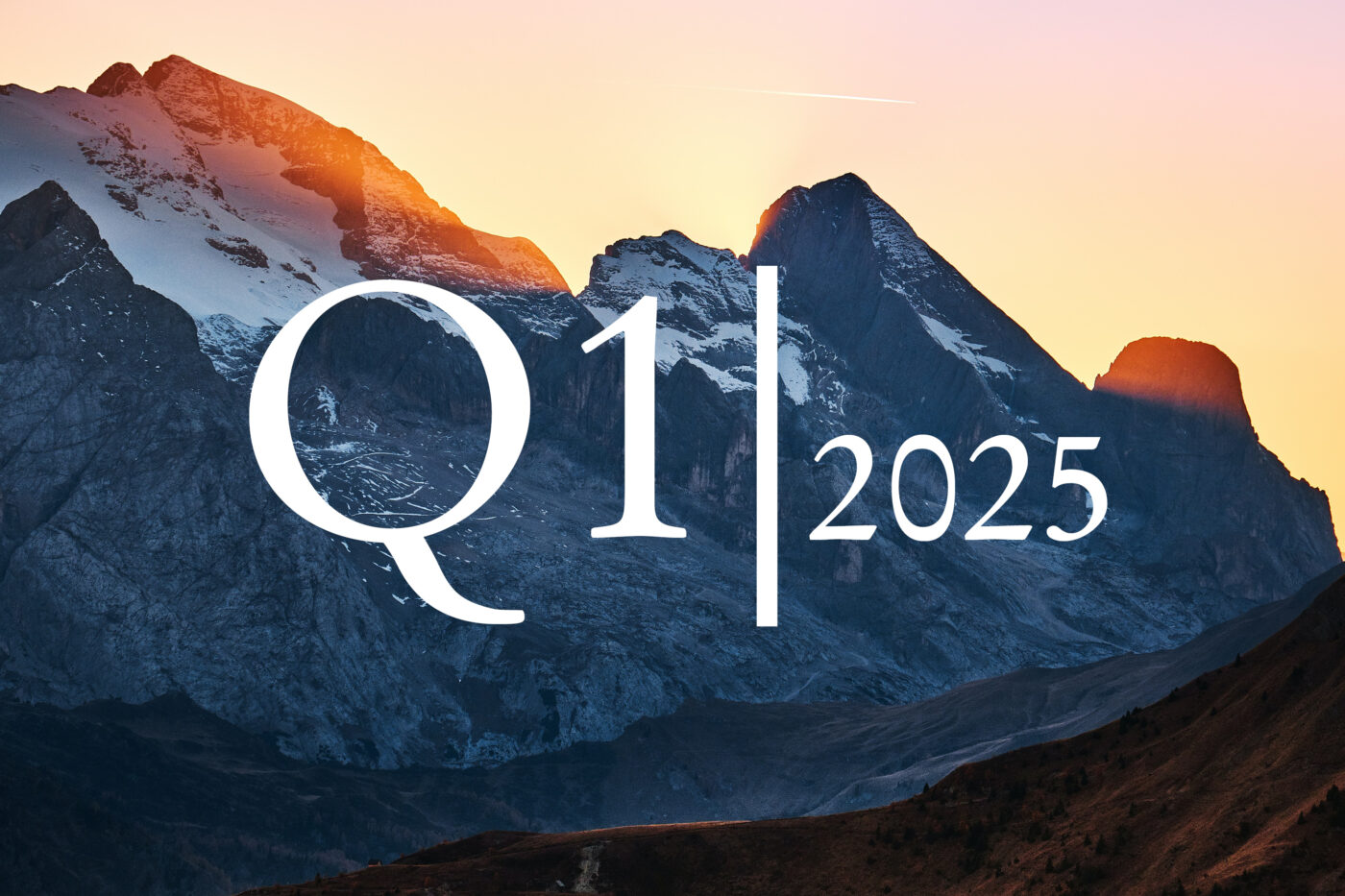Oil: tailwind from demand recovery
Initially, crude oil continued its sideways movement in the first quarter. Driven by the news, the price of Brent crude swung erratically around the 80 US dollar per barrel mark and recently even fell significantly below it. The slower-than-hoped-for recovery in demand in China, the milder winter in the west and the further release of strategic oil reserves in the US dampened the price potential. Most recently, concerns about recession in the wake of the banking crisis also weighed on oil. On the other hand, producers are keeping supply tight: Russia’s planned cut of 0.5m barrels per day from March adds up to OPEC cuts until the end of the year. While supply and demand are balanced in the short term, catch-up effects in Asia should support the oil price in the medium term – especially towards summer, when the US driving season gets underway.
Catch-up effects in Asia should support oil in the medium term
China and Japan's lower oil demand offers new tailwind in catch-up effects.
Gold: upward potential fundamentally limited
Gold’s rally at the start of the year was abruptly ended by the strong US labour market data. The more robust economic data strengthened expectations of a “higher for longer” scenario from the Fed. This led to a slide due to the double whammy of a higher US dollar and real interest rates. With the recently emerging concerns in the banking sector, however, gold gained strongly again and once more proved its unique diversification properties. The discussion about the US debt ceiling and geopolitical tensions (Russia-Ukraine war, US-China conflict) pose further risks. Fundamentally, however, the upside potential should remain limited. As an investment without cashflows, gold is becoming less attractive than other safe havens such as government bonds in an environment of higher real interest rates. Gold is only likely to benefit sustainably in the event of a turnaround in monetary policy.
First headwinds, then tailwinds from real interest rates
First headwinds from a stronger US dollar and higher real interest rates after an initial upward movement, then tailwinds again from risk-off in markets.
Industrial metals: postponed is not abandoned
After the initial China euphoria at the start of the year, industrial metals gave back (some of) the gains following signs of a tighter Fed and weaker demand in China in the short term. The markets are waiting for more concrete signs of an increase in demand in China. Nevertheless, postponed is not abandoned. After signs of initial improvement (China PMI), a sustained economic recovery in China should provide new momentum. At the same time, production difficulties and low inventories are widening the supply deficit and providing long-term support.
Rising activity in Chinese manufacturing supports metals prices
The manufacturing PMI in China is signalling rising activity again. Industrial metals should benefit from higher demand.



